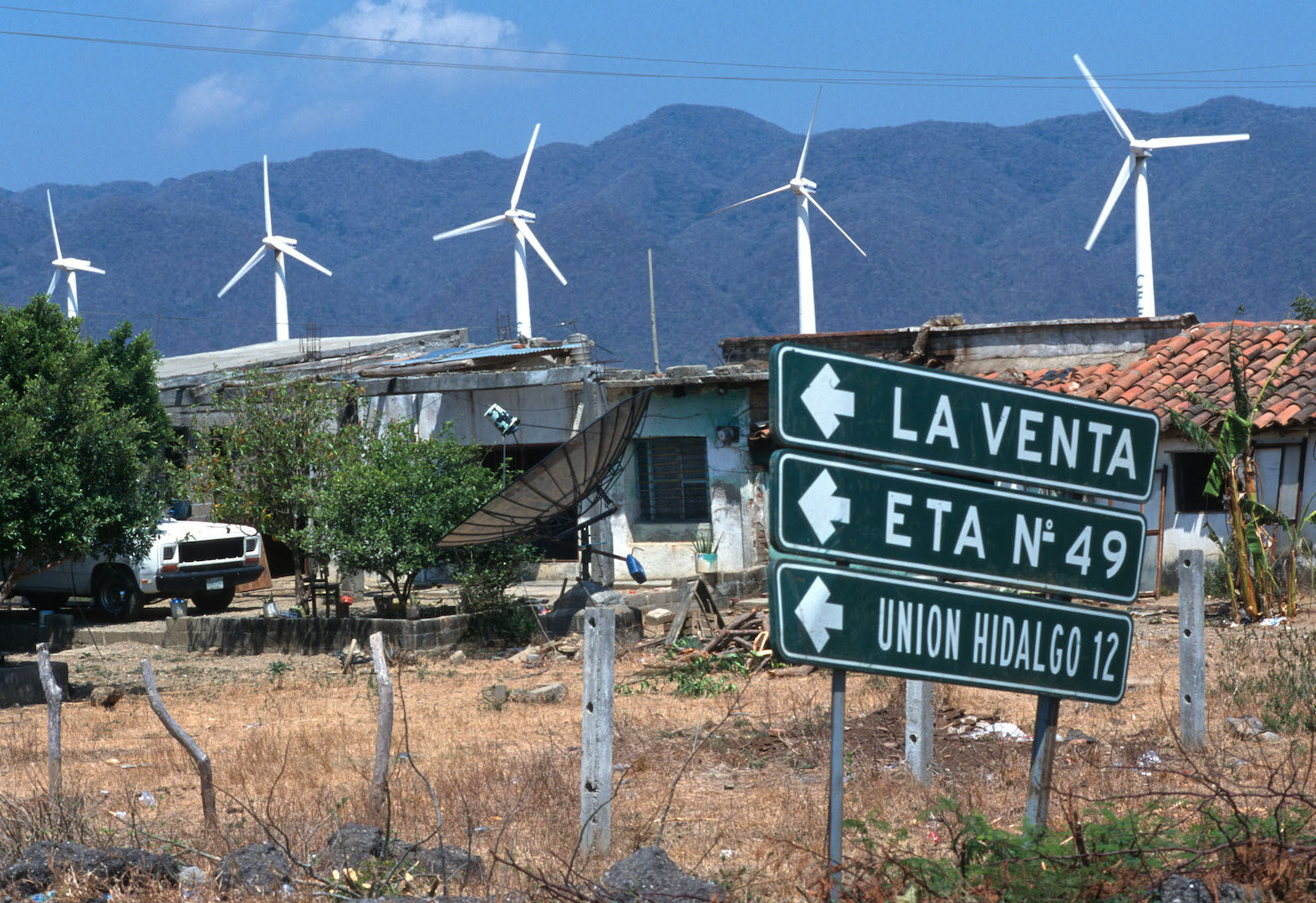
Fresh Air: The Energy Transition and the Move Towards Clean Energy
Introduction
Tonya Mosley, host of Fresh Air, discusses the recent three-part series by The New York Times titled “The Energy Transition” with Brad Plumer, a climate reporter for the publication. The series explores the rapid shift towards renewable energy sources and the challenges, politics, and economics associated with this transition. Plumer highlights the significant progress being made in renewable energy and the need to address unanswered questions about the impacts of these alternative technologies.
The Speed of the Transition
Plumer emphasizes the astonishing pace at which the transition to clean energy is occurring. He cites statistics such as the expected overtaking of coal by renewable electricity globally by 2025 and the record-breaking investments of $1.7 trillion in clean energy technologies compared to $1 trillion in fossil fuels. Plumer notes that even experts in the field have been surprised by the speed of this transition.
Driving Factors
The two major driving factors behind the growth in clean energy are the significant decrease in the cost of wind, solar, and lithium-ion batteries, as well as widespread concern about climate change leading to government subsidies for clean energy technologies. Plumer also discusses the impact of President Biden’s Inflation Reduction Act, which promises nearly $400 billion towards clean energy efforts and infrastructure.
Affordability and Incentives
Plumer explains how the cost of investing in solar panels for homes has significantly decreased over the past decade, making renewable energy more affordable for individuals. He also highlights the availability of tax breaks that can defray installation costs. Additionally, Plumer discusses various business models that have emerged, such as companies offering no upfront cost installation and leasing options, further encouraging the adoption of solar energy.
Case Study: Tulsa, Oklahoma
Plumer discusses the case of Tulsa, Oklahoma, a historically oil and gas-dominated region that has experienced an explosion of wind power and the emergence of new electric vehicle and electric bus startups. He emphasizes that even in traditionally conservative states, the economics of renewable energy often make sense, leading to increased adoption.
Bipartisan Support and Opposition
Plumer notes that while the national debate on climate change remains partisan, with the Inflation Reduction Act passing without any Republican votes, there is bipartisan support for clean energy investments at the local level. He highlights how clean energy projects have been embraced by local leaders in red states due to job creation and economic benefits. However, he acknowledges that conservative opposition and concerns about subsidies for clean energy still exist.
Worker Shortages and Industry Transformation
Plumer discusses the challenges posed by worker shortages in the clean energy industry, particularly in specialized fields such as electricians. He explains that the industry is facing a wave of retirements and that training programs are being implemented to address the shortage. Plumer also highlights the transformation of industries such as automotive manufacturing, which is retooling factories to produce electric vehicles.
The Role of Fossil Fuels
Plumer acknowledges that while renewable energy is growing rapidly, fossil fuels still dominate energy production. He emphasizes the need to address the challenge of integrating renewable energy sources with natural gas or coal plants for backup when renewable sources are not available. Plumer also discusses the potential role of carbon capture technology in reducing emissions from fossil fuel use.
Global Perspectives
Plumer compares the progress of the United States in the transition to clean energy with other countries such as China and European nations. He notes that China leads in various clean energy sectors, including wind, solar, batteries, and electric vehicles. Plumer also highlights the progress made by European countries in cutting emissions and adopting renewable energy, while acknowledging that the United States is catching up.
Challenges and Future Directions
Plumer discusses the challenges posed by the need to upgrade the electric grid to accommodate the growth of renewable energy sources. He explains that the current grid was built around central power plants and needs to be expanded and adapted to support distributed renewable energy generation. Plumer also highlights the need for proactive planning and investment in transmission infrastructure. He further explores the potential of other energy sources such as nuclear power and geothermal energy.
Opposition and Community Concerns
Plumer addresses the opposition and concerns raised by communities regarding the construction of solar farms, wind turbines, and power lines. He highlights examples of opposition from fishing groups in offshore wind projects and environmental groups concerned about the impact on local areas. Plumer acknowledges that while there are communities supportive of clean energy projects, contentious cases tend to receive more attention.
The Complex Nature of the Transition
Plumer reflects on the complexity of reporting on climate and clean energy, noting the mix of optimism and pessimism surrounding the transition. While there are exciting developments and innovations in the field, he acknowledges the enormous challenge of remaking the global economy to address climate change. Plumer emphasizes the need for continued efforts and the importance of finding ways to achieve economic growth while transitioning to clean energy sources.
SDGs, Targets, and Indicators
1. Which SDGs are addressed or connected to the issues highlighted in the article?
- SDG 7: Affordable and Clean Energy
- SDG 9: Industry, Innovation, and Infrastructure
- SDG 13: Climate Action
2. What specific targets under those SDGs can be identified based on the article’s content?
- SDG 7.2: Increase substantially the share of renewable energy in the global energy mix
- SDG 9.4: Upgrade infrastructure and retrofit industries to make them sustainable
- SDG 13.2: Integrate climate change measures into national policies, strategies, and planning
3. Are there any indicators mentioned or implied in the article that can be used to measure progress towards the identified targets?
- Investment in clean energy technologies (indicator for SDG 7.2)
- Reduction in the cost of wind, solar, and lithium-ion batteries (indicator for SDG 9.4)
- Government subsidies for clean energy technologies (indicator for SDG 13.2)
4. Table: SDGs, Targets, and Indicators
| SDGs | Targets | Indicators |
|---|---|---|
| SDG 7: Affordable and Clean Energy | Increase substantially the share of renewable energy in the global energy mix (SDG 7.2) | Investment in clean energy technologies |
| SDG 9: Industry, Innovation, and Infrastructure | Upgrade infrastructure and retrofit industries to make them sustainable (SDG 9.4) | Reduction in the cost of wind, solar, and lithium-ion batteries |
| SDG 13: Climate Action | Integrate climate change measures into national policies, strategies, and planning (SDG 13.2) | Government subsidies for clean energy technologies |
Note: The indicators listed are based on the information provided in the article and may not represent the full range of indicators available for each target.
Behold! This splendid article springs forth from the wellspring of knowledge, shaped by a wondrous proprietary AI technology that delved into a vast ocean of data, illuminating the path towards the Sustainable Development Goals. Remember that all rights are reserved by SDG Investors LLC, empowering us to champion progress together.
Source: news.wgcu.org

Join us, as fellow seekers of change, on a transformative journey at https://sdgtalks.ai/welcome, where you can become a member and actively contribute to shaping a brighter future.






